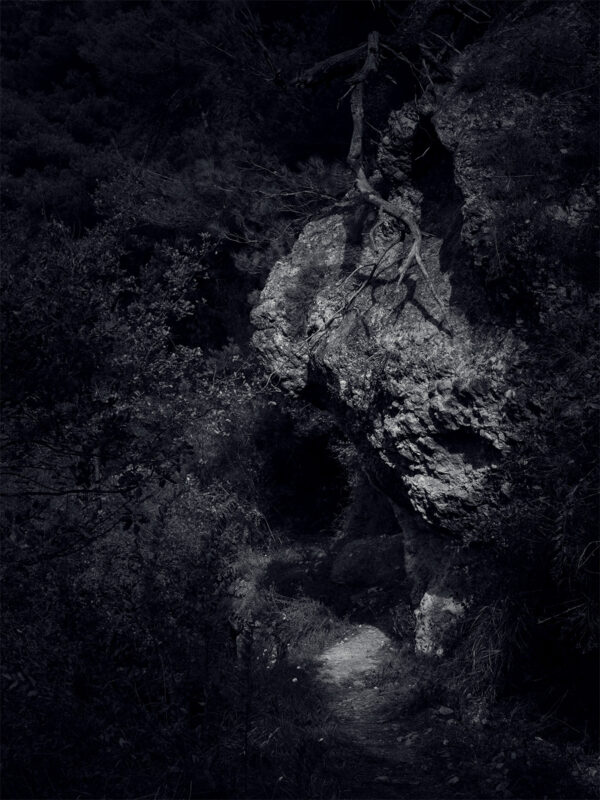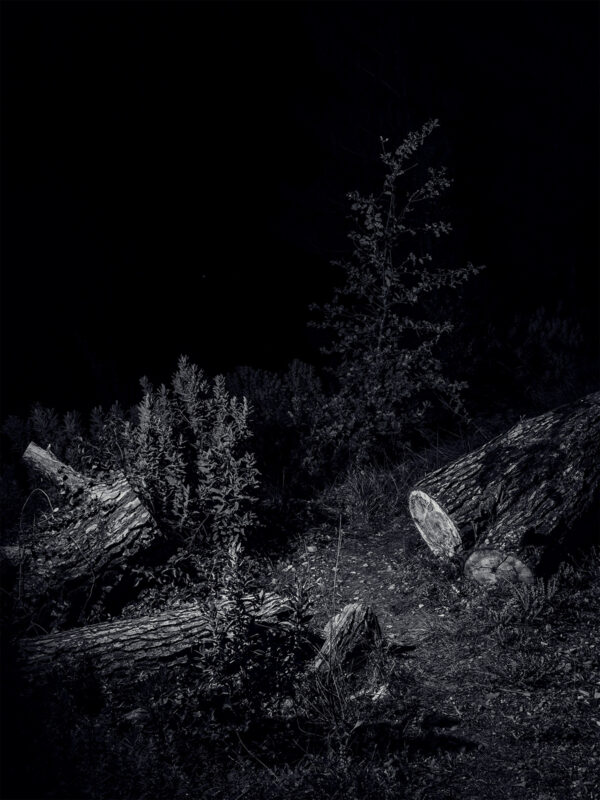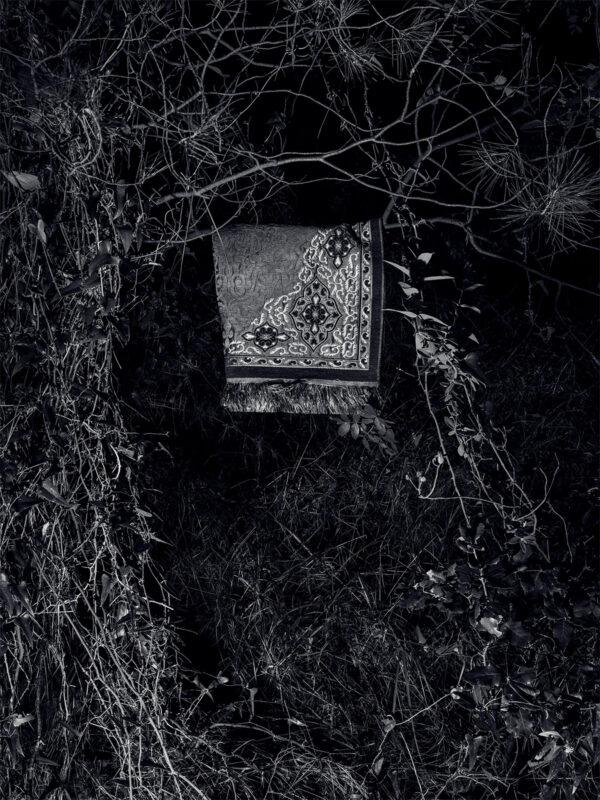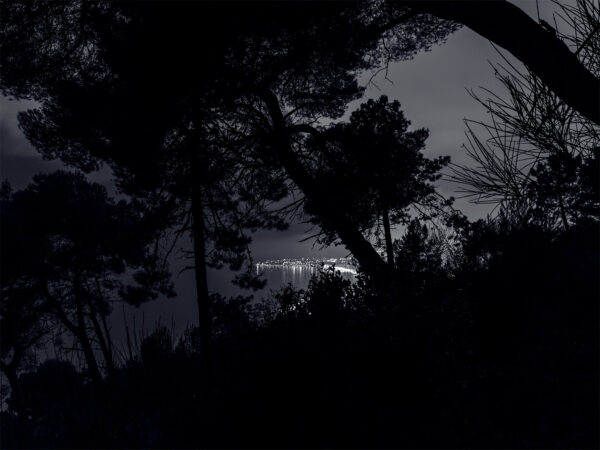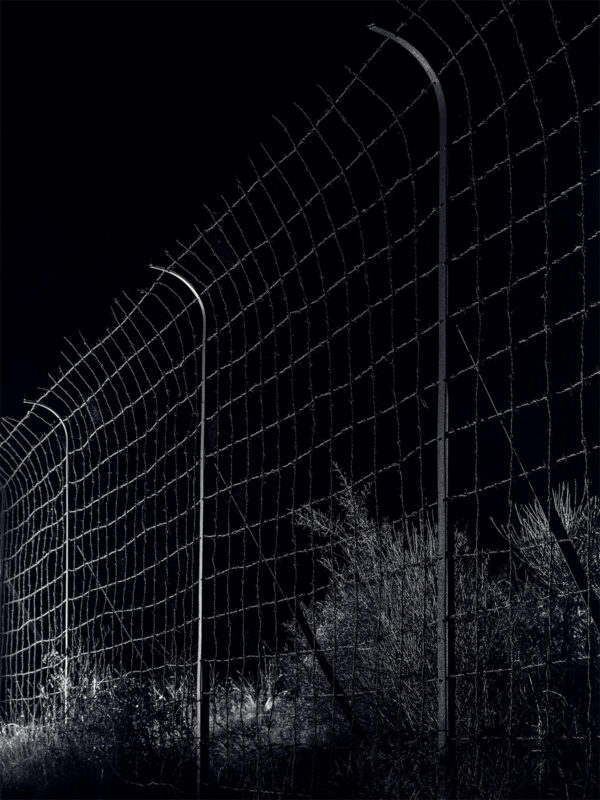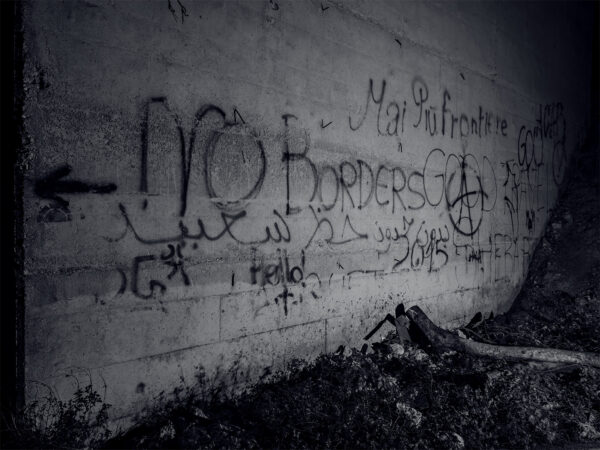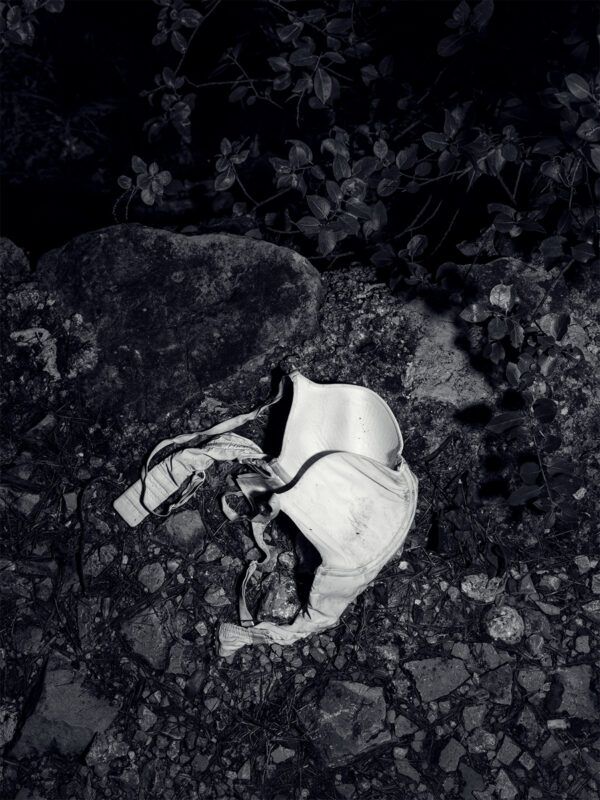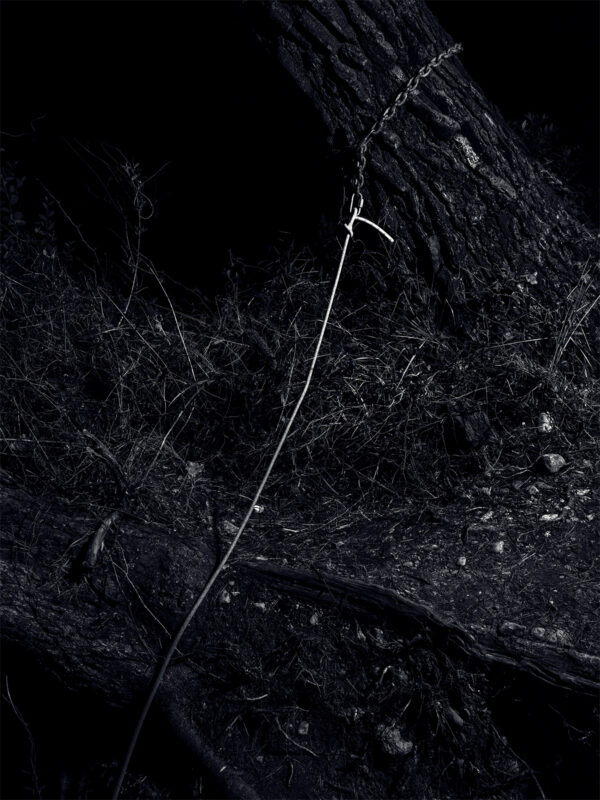On the far end of Grimaldi, the last village before the Italian-French border, a small path goes right, towards the mountain. Surrounded by wild vegetation, it narrows and steepens. Many people have lost their lives amongst those sharp slopes and abrupt cliffs. And in the 60s, the newspapers gave it its current name: the “deadly steps” path. Used in the past by smugglers, jewish refugees, and political opponents running from persecution, it is now used by migrants from all over the world. At night fall, they leave in the cover of darkness, taking with them only the essentials. Like Little Thumbling’s white pebbles, the objects and writings encountered along the way mark this passage, and offer a fragmented account of the experience of facing the unknown, with the hope for a better future.
Deadly Path
23.03.21 — Benjamin Salesse
On the far end of Grimaldi, the last village before the Italian-French border, a small path goes right, towards the mountain. Surrounded by wild vegetation, it narrows and steepens. Many people have lost their lives amongst those sharp slopes and abrupt cliffs. And in the 60s, the newspapers gave it its current name: the “deadly steps” path. Used in the past by smugglers, jewish refugees, and political opponents running from persecution, it is now used by migrants from all over the world. At night fall, they leave in the cover of darkness, taking with them only the essentials. Like Little Thumbling’s white pebbles, the objects and writings encountered along the way mark this passage, and offer a fragmented account of the experience of facing the unknown, with the hope for a better future.








